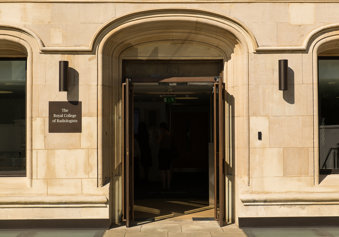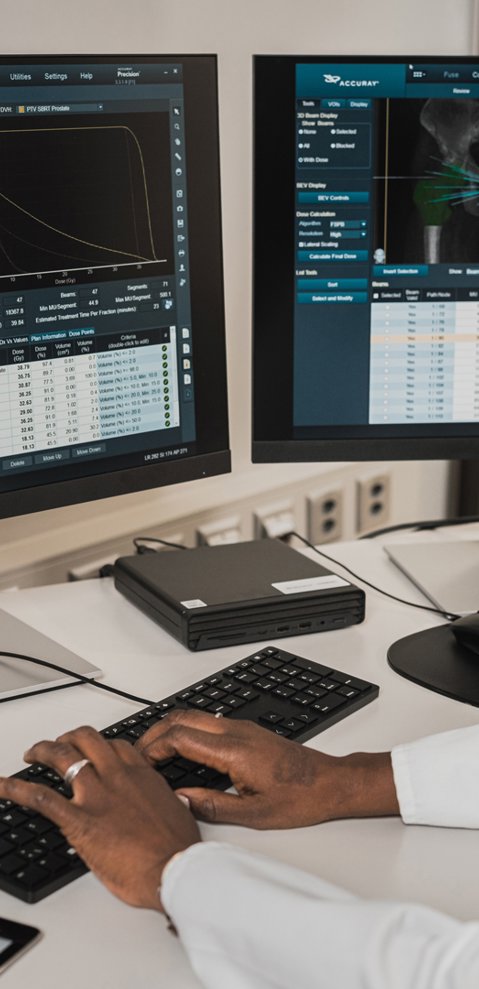
A young Royal College with a proud history
Early days
As the world’s first X-ray association, our roots in the Röntgen Society show that we’ve been at the heart of medical imaging from its infancy.
With the development of medical radiology in the early 20th century, the need for a dedicated institution quickly became clear and in 1934 around 100 radiologists established a new society known as The British Association of Radiologists. This was followed the next year by The Society of Radiotherapists of Great Britain and Ireland, dedicated to those specialising in the treatment of cancer with X-rays and radium.
From Faculty to Royal College
In 1939 the British Association of Radiologists and The Society of Radiotherapists of Great Britain and Ireland united to form the Faculty of Radiologists. They were incorporated through a Royal Charter in 1953, forming the foundation of the modern organisation. In 1975 we were granted a Supplemental Charter and assumed our present title – The Royal College of Radiologists – which we retained when granted a further supplemental charter in 2002.
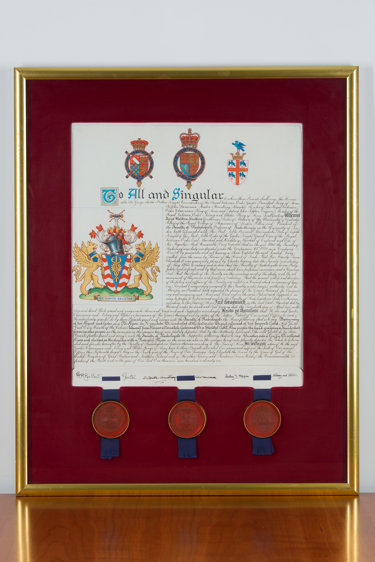
Our homes – past and present
Over our long history we’ve had many homes. In our early years as the Faculty of Radiologists, we were based at the British Institute of Radiology at 32 Welbeck Street and then from 1944 to 1973 operated under the wing of the Royal College of Surgeons of England at Lincoln’s Inn Fields. After a temporary move to Berners Street as guests of Ilford Ltd, we moved to 38 Portland Place.
This followed an appeal for funds led by the Right Honourable Lord Robens of Woldingham as Chairman of the Appeal Committee and Professor Howard Middlemiss, President of the Faculty as well as the generous support of Fellows, Faculty, private individuals and industry. The building was formally opened on 19 December 1979 by His Royal Highness the Duke of Edinburgh, who was then admitted as an Honorary Fellow.
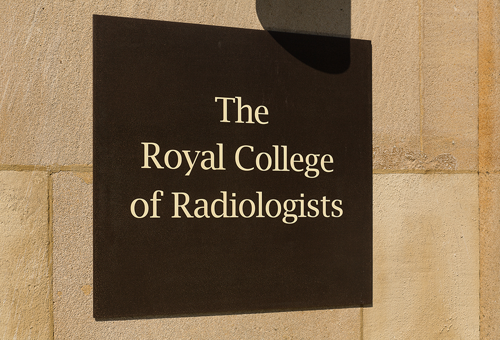
63 Lincoln’s Inn Fields
Within a few years of taking up occupation of 38 Portland Place, it was clear that more space was required. Despite the generous legacy of past President Dr Constance Wood being used to provide an extension to the rear of the building, we sought new premises – moving in 2013 to our current home at 63 Lincoln’s Inn Fields.
Designed by William Simmons and built in 1880, it is one of the first concrete buildings in London with an impressive sandstone façade. Equipped with a comprehensive technological infrastructure, 63 Lincoln’s Inn Fields hosts the majority of RCR staff, as well as many events, dinners, lectures and public examinations each year.
The Coat of Arms
The Coat of Arms is an important part of our heritage. In 1961, the then Faculty of Radiology received from the College of Arms its own Coat of Arms. The Blazon of Arms (official description) is as follows:
Arms. Barry wavy of ten Argent and Gules on a Pile Azure on X-ray Tube Or irradiated at the centre also Or and entwined of two Serpents Gold
Crest. On a Wreath of the Colours Issuant from Flames alternately Gules and Or a Skeletal Cubit Arm proper the Hand grasping a Thunderbolt fessewise also proper.
Supporters. On either side a Griffin Or collared Azure and charged on the shoulder with a Rose also Azure.
The motto Ex Radiis Salutas at the bottom of the crest has been translated from the Latin to mean ‘From Rays, Health’.
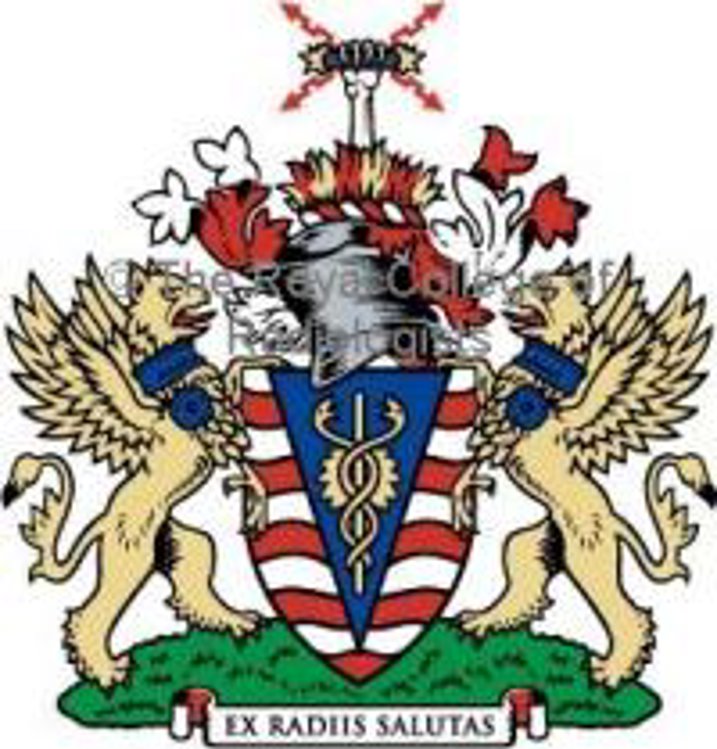
About us
We are The Royal College of Radiologists – the leading professional membership body for clinical radiologists and clinical oncologists, supporting doctors throughout their career so that they can make a real difference.
